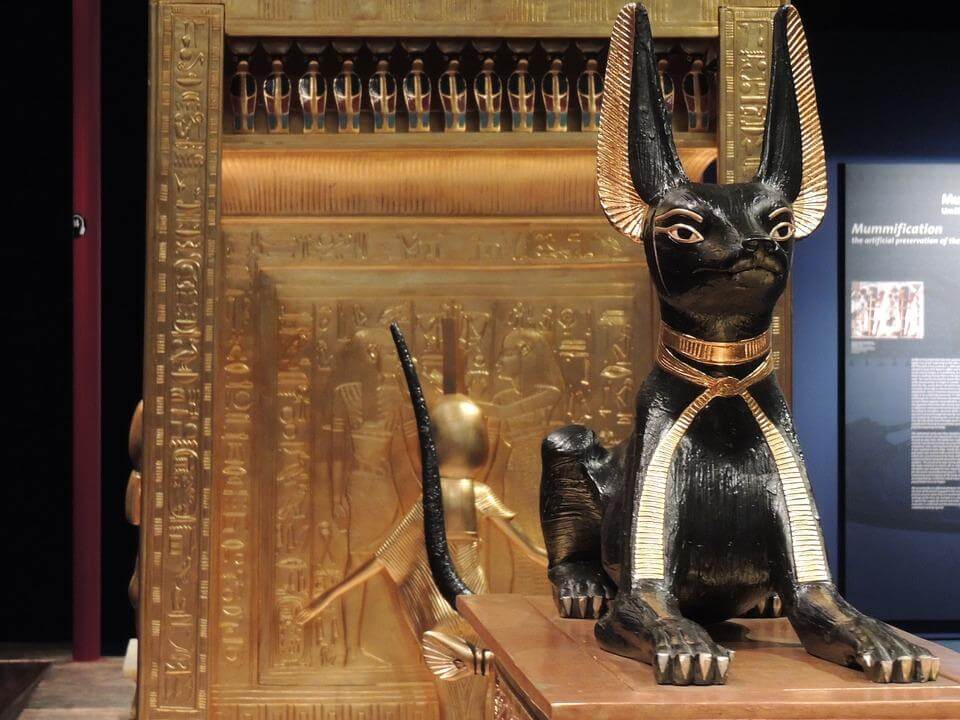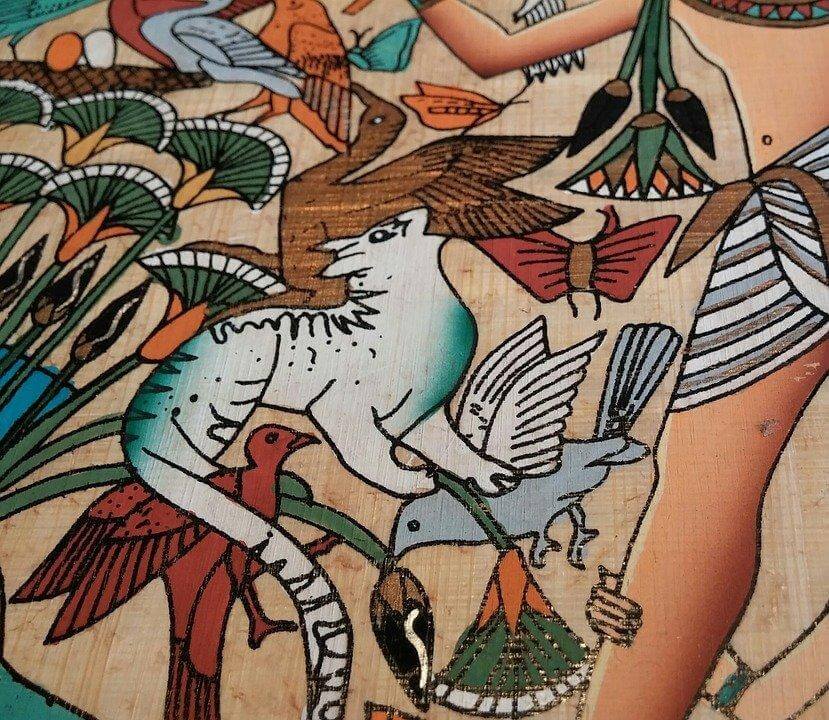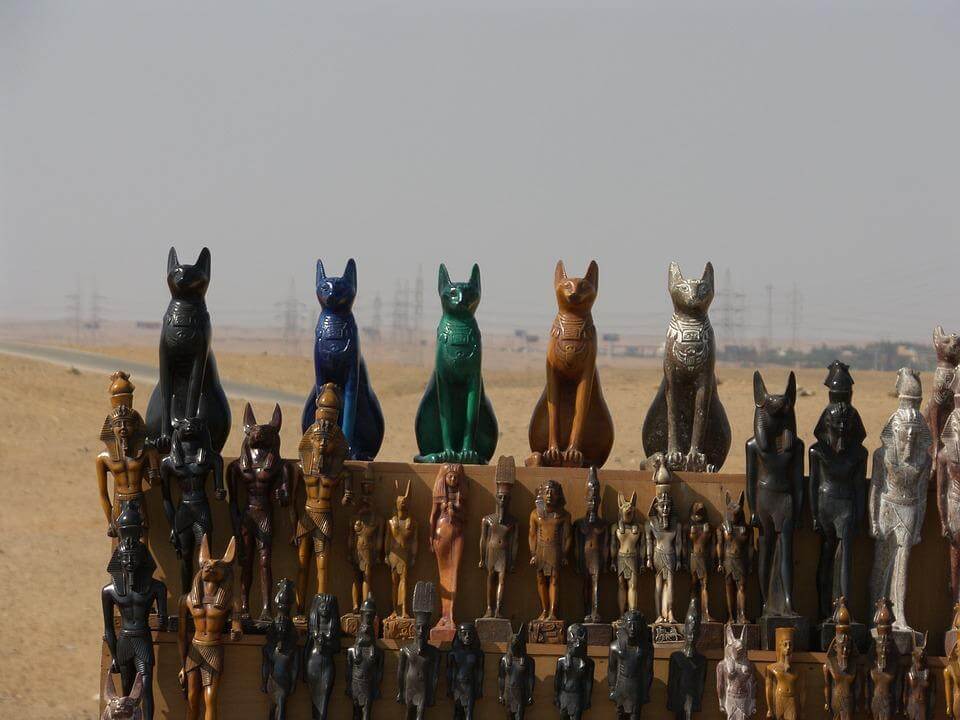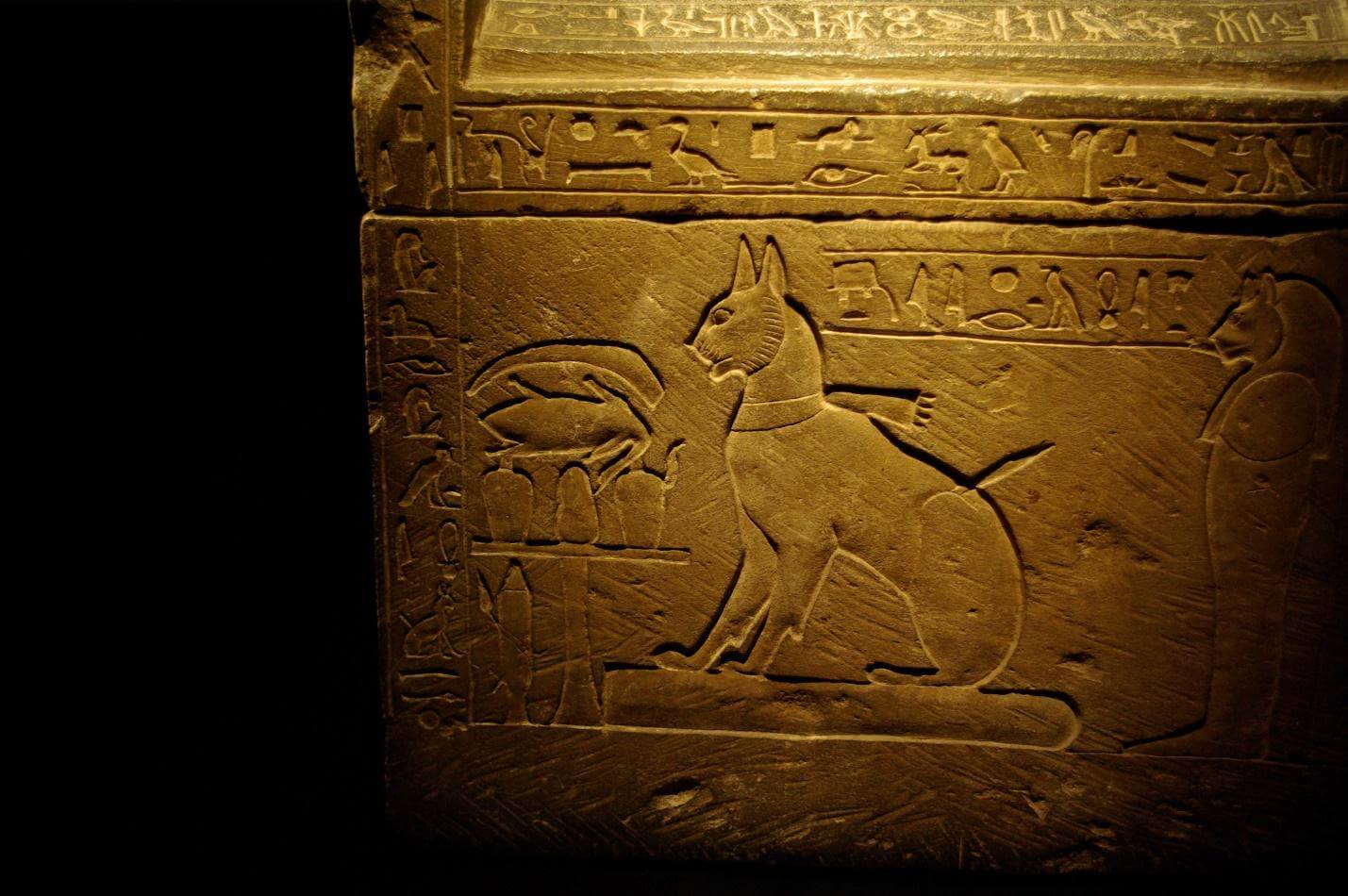For many years, ancient Egyptians worshiped a lot of animals. There are a couple of reasons why they do this.
For instance, they value dogs for their ability to hunt and protect. However, when it comes to ancient Egypt, cats were considered the most special.

According to ancient Egyptians, cats are magical creatures. They can bring good luck to individuals who foster and take care of them.
Aside from geometric, obelisks, and hieroglyphics, you will usually see cats in the art of ancient Egyptians. These drawings show the unique status of cats among these people.
At first, ancient Egyptians adopted cats as useful predators. However, they gradually became symbols of protection and divinity.
Here are some interesting facts about cat worship in human history, specifically in ancient Egypt.
Aside from appreciating their ability to get rid of pests, such as snakes and rodents, the ancient Egyptians also know that cats of all sizes are strong, fast, and smart.
One example of this is Sekhmet. Sekhmet was a lioness goddess in ancient Egypt. She was a protector and a warrior deity who prevented sicknesses and illnesses.
Because of this, it's safe to believe that the ancient Egyptians considered cats as protectors in general. Aside from that, they also respect the ferocity of the animal.
Furthermore, ancient Egyptians also believe that cats possess another form of power – fertility. Oftentimes, they show cats sitting under women's chairs in some of their cat portrait drawing. This signifies a connection to women, and perhaps fertility.

Rats, snakes, scorpions, and other deadly pests constantly threaten ancient Egyptians. These pets would bite or sting people and would often result in death.
Fortunately, cats would hunt these animals and get rid of them. This means that ancient Egyptians use cats to protect themselves and their loved ones.
A lot of them relied on cats to protect them. This is particularly true if they had young kids or babies.
According to reports, killing a cat was punishable by death in ancient Egypt. This law was known as early as 450 BCE.
The law was extremely strict even if you do it accidentally, you will still be killed as a punishment.
A Greek historian named Diodorus Siculus wrote this rule. According to him, any person who kills a cat in Egypt will be punished by death. It does not matter if he committed the crime intentionally or not.
He also said that any person who kills a cat can't be saved. Thus, it was an extremely strict rule that shows how much ancient Egyptians worshiped cats.
The cat festival is usually centered around the temple of Bast. You can find this temple in the city of Bubastis.
According to reports, the temple of Bast is one of the most beautiful temples ever constructed in ancient Egypt.
A lot of individuals all over Egypt travel to this temple to celebrate the festival. It was a blissful celebration of Bast.
People would gather to drink, dance, sing, and worship together.

Most ancient Egyptians believe that they will continue their relationship with their cats into the afterlife after keeping them as live-in pets when they were still alive.
In ancient Egypt, the tomb of a person is a postmortem house for eternity. Ancient Egyptians would depict their awards, greatest titles, family, and the things they enjoyed in their tombs.
Thus, to see cats included in their tombs through a cat drawing portrait speaks to their significance both in the day-to-day lives of ancient Egyptians and their life after death.
In addition to that, the presence of cats in tombs was not limited to drawings. Oftentimes, they would also mummify their pet cat and place them inside the tomb of their owner.
A lot of researchers believe that ancient Egyptians do this because they can be utilized as funerary goods. This means that the dead person might occupy the body of the mummified cat in the afterlife.
Just like ancient Egyptians, ancient Mesopotamians were one of the earliest people who relied on agriculture for a living.
Of course, when you rely on agriculture for a living, you know that your biggest enemies are pests who eat crops. This can include rats, snakes, and mice.
Researchers believe that once Mesopotamians discovered that cats kill these pests, they started promoting them to patrol their farms by leaving food for them.
As time passed by, cats became more familiar to them, and came to rely on them for a constant supply of food.
Ultimately, Mesopotamians began to breed cats and they slowly domesticated them to help them with their farms.

Ancient Egyptians worshiped cats so much that the Persians took advantage of them. According to records, Cambyses II of Persia defeated the forces of the Egyptian Pharaoh Psamtik III during the Battle of Pelusium in 525 BCE.
According to reports, Cambyses II ordered his soldiers to capture a lot of cats and release them during the war.
Instead of risking harming the cats that they worship, the ancient Egyptian soldiers immediately surrendered to them.
Cats were worshiped in ancient Egypt so much that their reverence was extended to their death.
Ancient Egyptians would often show the same respect as they would for a human funeral whenever a cat died.
The owner of the cat and their family members would often shave their eyebrows whenever their pet cat died.
In addition to that, they would only stop mourning when their eyebrows grew back.
Many cat worshiping activities were expressed through wall art or decorations, if you want to have a cat theme artwork to worship your own cat, furryroyal.com can make that happen. All kinds of furryroyal cat drawing portrait you can choose from, if you can't find costumes or themes that satisfy you, furryroyal can also custom a furryroyal cat portrait drawing from the costumes and themes you like, creating a masterpiece of cat to show your infection towards your cat!
